The concept of fighting oxidative stress with antioxidants is pretty mainstream these days. It seems like everywhere you look you see some superfood or cosmetic touting an antioxidant rich banner. We want to tell you about what it actually means.
It’s all on a super small scale because it’s about chemical reactions and that can be pretty complicated but let’s consider for a moment that every time we have a thought or a sensation, it’s due to a series of chemical reactions in our body’s cells.
What is a Free Radical?
A free radical is, at its most essential, an atom that’s flying around with an extra electron. It has a negative charge and it wants to have a balanced charge so it steals an electron from a balanced atom, making another free radical. This creates a chain reaction of chemical changes within the body and when we have an overload of those chemical changes, it can create real damage.
Free radical damage, also known oxidative stress, occurs when there is more free radical creation than there is antioxidant activity in the body. It’s linked to some pretty serious illnesses like cancer, inflammatory diseases (including several forms of arthritis and respiratory diseases), hypertension, acquired immunodeficiency, and a lot of other nasty things.
As with most things this isn’t a black and white issue. Our bodies operate through continual chemical reactions and some of those reactions actually create free radicals inside of our bodies like the breakdown of sugars by digestive enzymes or regular exercise—and that stuff is necessary for our survival—but some of the exposure comes from sources that aren’t so great.
We wouldn’t tell you to skip a needed treatment but a lot of medications and medical procedures (like radiation therapy) increase oxidation and oxidative stress in our bodies. That’s definitely something to consider when you’re looking into treatment options and we suggest speaking with a holistic practitioner before taking on a really serious treatment strategy for illness.
There are a lot of very common ways to be exposed to free radicals though and those are the ones to avoid. Cigarette smoke, alcohol, industrial chemicals or solvents—including pesticides, herbicides, and household cleaners—environmental pollutants, and processed foods are just a few of the ways we’re exposed.
Now, we’re not here to tell you to quit smoking and drinking, change to an all-vinegar home cleansing routine, buy an air purifier (though there are some cool plants that clean the air) and only eat organic whole foods high in antioxidants, but those are a few really great ways to limit your exposure to free radicals.
I’ll admit it, free radicals scare me. Annmarie Skin Care is based in the Bay Area and we’re surrounded by industry, sometimes my commute is 45 minutes with most of it sitting in traffic and I’m not perfect when it comes to having a smoke or a drink after a long day. Even the things I feel good about, like having plants in my home and choosing to eat organic, I’m not always perfect at. It’s not about being perfect at this, it’s about being aware that this silent chemical reaction could be causing some real issues and, even better, knowing that there’s a super simple way to combat its effects.
What is an Antioxidant?
Here’s some great news for you: antioxidants can help!
In manageable science terms, an antioxidant is something that lends electrons to free radicals so that they don’t damage other cells. They basically create a buffer between our body and the dangerous free radical. I think of antioxidants as martyrs—they’ve given themselves up for oxidation so that we can keep living our daily lives as healthy as possible (is that too dramatic? I’m not sure, it seems pretty accurate).
Remember that oxidative stress is a chain reaction—when a free radical steals an electron from a balanced atom, the chemical makeup of the atom is changed, a process is started, and new one is created. That new free radical has a new critical mission: create another free radical.
Antioxidants scavenge the body to find places where there is an active free radical chain happening and they break the chain, ending the cycle of damage. The most effective antioxidant we know for this type of activity is vitamin C!
Since this damage is occurring on a subatomic level, it can cause changes to the very chemical makeup of our bodies. Antioxidants help revitalize our natural ability to heal ourselves and remove oxidized cells that aren’t useful for our bodies anymore. Cool right?
Where to get Antioxidants
Luckily for us, natural antioxidants are just as readily available as free radicals. Every organ that we have works to combat oxidation in their own way so we need a lot of different antioxidants to get the job done. We create them naturally within our cells and we find them in our diet.
You might think, “if I’m making antioxidants to fight the free radicals, why does it matter how much I eat?” Simply put, we just don’t make some of the best antioxidants. Remember I said that vitamin C is the best scavenger for radical chain reactions? Yeah, we don’t synthesize that. We’re facing more pollution, eating more processed foods, using products with more chemical ingredients, and are exposed to more environmental stressors than ever before. Without mindful input to support our body’s functions, we would all be toxic with oxidative stress. Making sure that we’re getting a great vitamin and mineral intake with a balanced diet rich in whole foods with antioxidant properties is the best way to make sure we’re supporting our healthy functioning.
Choose Foods with Antioxidants
Have you heard of the ORAC scale? It’s a list created by the National Institute of Health that tells you the “Oxygen Radical Absorbance Capacity” of a food. Basically, it’s a list of foods (almost any food) and how high their antioxidant count is. The higher the number, the better the antioxidant action is. We suggest working with your diet to increase your antioxidant intake rather than taking antioxidant supplements. Overdoing supplements can be a real danger to your body and the best antioxidants are inherently finicky because they’re reactive so if an antioxidant supplement was created with high heat, exposed to oxygen, or if it’s old there’s a chance that it’s actually useless.
You don’t have to check the scale every time you eat a meal, but if you’re wondering about how your favorite snacks hold up on the scale, you can check them out.
There are a few general rules to follow if you’re looking to make dietary changes to focus on sources of foods high in antioxidants:
Eat Whole Foods. Processed foods are both low on the ORAC scale to begin with and they create more free radicals than they’re worth when they break down. Fruits and veggies are key to the vitamins and minerals you need for healthy foods high in antioxidants.
Cook with Lower Temperatures. Yes, it takes a bit longer but if you’re frying all of your food, you’re oxidizing it and the antioxidant content is gone.
Eat Organic. Food grown with pesticides causes a whole slew of issues and here we are adding another one – while we’ve been assured that pesticides are safe for our bodies in small amounts, they do create free radicals in our bodies. Don’t forget that most pesticides are fat soluble so if you’re storing those enzymes in your fat cells and then using those fat cells for energy later, you’re looking at future oxidative stress too!
Eat the Rainbow. Different colors come out of our fruits and veggies because of their different chemical makeups. Eating every color will give your body the different vitamins and minerals that it needs to support itself in the oxidative battle. Beta-carotene (the precursor to vitamin A) gives the orange color to carrots and anthocyanin is responsible for the vibrant red to purple colors of your favorite berries—aside from being beautiful, these colors are nature’s way of indicating a high antioxidant content!
Are you feeling a little bit overwhelmed? That’s okay! Not everyone is drinking an antioxidant smoothie every day. Just like with any health-related goal, this is your body and your life that you live with every day so take it slow and easy if this is a big change for you. Antioxidant-rich foods come in all sorts of different flavors so do a little research on what kind of foods you’re craving and try adding an antioxidant rich substitute! Here’s a list of yummy foods and spices that are easy to find and score high on the ORAC scale:
- Rosemary
- Peppermint
- Baobob Powder
- Turmeric
- Goji berries
- Cinnamon
- Dark chocolate
- Walnuts
- Blueberries
- Raisins
- Chia Seeds
- Dandelion Greens
- Artichoke
- Cranberries
- Raspberries
- Green Tea
- Coffee
The list is long and it includes all sorts of spices along with bitter greens and fruits both sweet and sour. See? Starting on your pro-antioxidant routine is as easy as adding some extra rosemary to your spaghetti dinner and cinnamon, chia seeds, and blueberries to your morning oatmeal. When you look at it that way, you’re not really changing anything, are you? You’re just enhancing what you already have! It tastes great and you get a real boost of natural antioxidants.
What do you do to add antioxidants to your diet? Let us know in the comments!
References:
“Antioxidants – Topic Overview.” WebMD. WebMD, n.d. Web. 27 Feb. 2017.
“List of ORAC values.” List of ORAC values of food items. N.p., n.d. Web. 27 Feb. 2017.
Lobo, V., A. Patil, A. Phatak, and N. Chandra. “Free radicals, antioxidants and functional foods: Impact on human health.” Pharmacognosy Reviews. Medknow Publications & Media Pvt Ltd, 2010. Web. 27 Feb. 2017.
“What is OXIDATION and what are ANTIOXIDANTS?” YouTube. YouTube, 09 Feb. 2016. Web. 27 Feb. 2017.
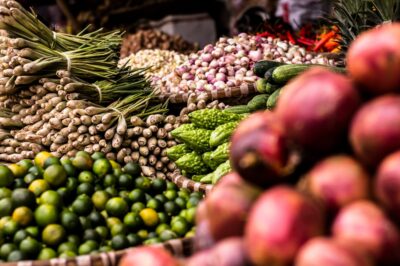


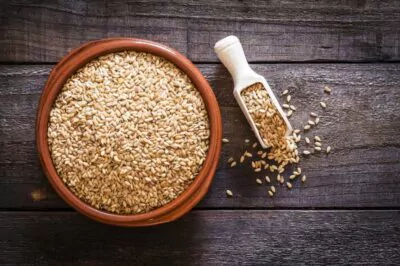
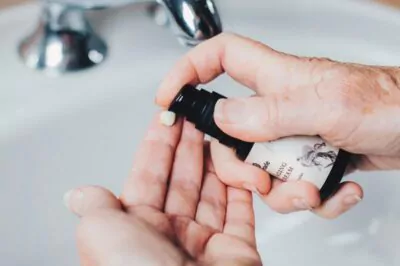
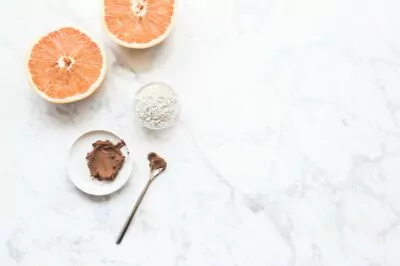
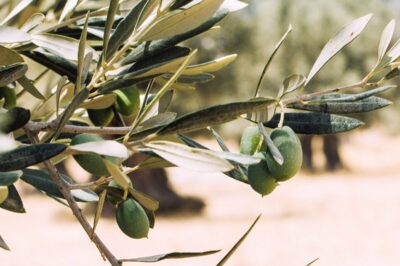

Leave a Reply